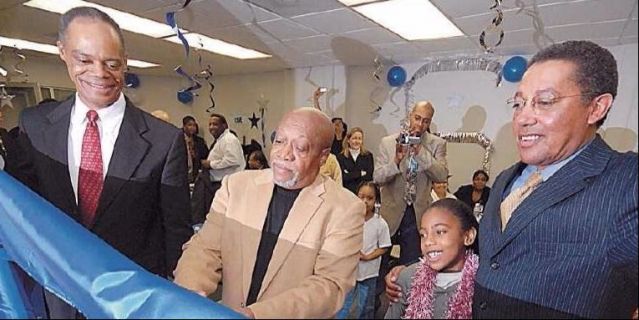
International History
In 1984, a group of ten gathered in a 100-square foot basement office of an East Harlem-based housing project. This was the first class of STRIVE, a new take on job training and placement that focused not just on getting the chronically unemployed into jobs, but keeping them there. Headed by Rob Carmona, an East Harlem native who had overcome multiple incarcerations and substance abuse to earn a Master of Social Work from Columbia University, STRIVE used a “tough love” approach to work readiness, focusing on low-income New Yorkers’ attitudes and behaviors and not hesitating to dismiss those who weren’t showing they were ready to succeed.
STRIVE was founded through a collaboration between Sam Hartwell and Tom Rodman, two Manhattan-based bankers who were troubled by the chronic unemployment problem facing the residents of East Harlem and other American inner-cities in the 1980s. They had noticed that lack of occupational skills was not the greatest barrier to employment for disconnected individuals, but rather a lack of soft skills. STRIVE’s innovative model, which ran counter to much of the conventional wisdom in employment and training at the time, combined a short, intense period of training in attitude, self-presentation and job search techniques with rapid placement and long-term follow-up.
More than two decades later, STRIVE has moved out of the basement and into over 20 cities nationwide and overseas, administered by a wide network of community-based organizations who have helped nearly 50,000 individuals across America enter the workforce. Though still headquartered in East Harlem, STRIVE today is an international leader in helping individuals with significant barriers to employment receive the training and support they need to obtain meaningful work and achieve economic self-sufficiency.
